Integration of Artificial Intelligence
The integration of artificial intelligence (AI) into wearable ambulatory-monitoring-devices is transforming the landscape of health monitoring in Spain. AI technologies enhance the functionality of these devices by enabling real-time data analysis and personalized health insights. This capability allows for more accurate health assessments and timely interventions, which are crucial for managing chronic conditions. The wearable ambulatory-monitoring-devices market is witnessing a surge in AI-driven products, with estimates suggesting that AI-enhanced devices could account for over 30% of the market by 2026. This shift not only improves patient outcomes but also streamlines healthcare processes, making it a significant driver of market growth in Spain.
Advancements in Connectivity Technologies
Advancements in connectivity technologies, such as 5G and Bluetooth, are significantly impacting the wearable ambulatory-monitoring-devices market. These technologies enable seamless data transmission between devices and healthcare providers, enhancing the functionality and appeal of wearable monitors. In Spain, the rollout of 5G networks is expected to facilitate real-time health monitoring and improve the user experience. As connectivity improves, the market is likely to see an influx of innovative devices that offer enhanced features and capabilities. This trend may lead to a projected growth of 18% in the wearable ambulatory-monitoring-devices market over the next few years, as consumers and healthcare providers alike embrace the benefits of advanced connectivity.
Rising Demand for Remote Patient Monitoring
The increasing demand for remote patient monitoring is a pivotal driver in the wearable ambulatory-monitoring-devices market. As healthcare systems in Spain strive to enhance patient care, the adoption of wearable devices that facilitate continuous health monitoring is on the rise. This trend is particularly evident among chronic disease patients who require regular health assessments. According to recent data, the market for remote monitoring devices is projected to grow at a CAGR of 15% over the next five years. This growth is fueled by the need for efficient healthcare delivery and the desire for patients to manage their health from home, thereby reducing hospital visits. Consequently, the wearable ambulatory-monitoring-devices market is likely to experience substantial growth as healthcare providers increasingly integrate these technologies into their services.
Aging Population and Increased Healthcare Needs
Spain's aging population is a critical driver of the wearable ambulatory-monitoring-devices market. As the demographic shifts towards an older population, the demand for healthcare services and monitoring solutions is escalating. Older adults often face multiple health challenges, necessitating continuous monitoring to manage their conditions effectively. The wearable ambulatory-monitoring-devices market is expected to expand significantly, with projections indicating a potential increase of 20% in device adoption among seniors by 2027. This trend underscores the importance of wearable technology in providing timely health data, thereby enhancing the quality of life for the elderly and reducing the burden on healthcare systems.
Consumer Preference for Health and Fitness Tracking
The growing consumer preference for health and fitness tracking is reshaping the wearable ambulatory-monitoring-devices market. In Spain, individuals are increasingly adopting wearable devices to monitor their physical activity, heart rate, and overall wellness. This trend is driven by a heightened awareness of personal health and fitness, with many consumers seeking to maintain an active lifestyle. Market data indicates that fitness trackers and smartwatches are among the most popular devices, with sales expected to rise by 25% in the next two years. This consumer shift towards proactive health management is likely to propel the wearable ambulatory-monitoring-devices market forward, as manufacturers innovate to meet the evolving demands of health-conscious consumers.


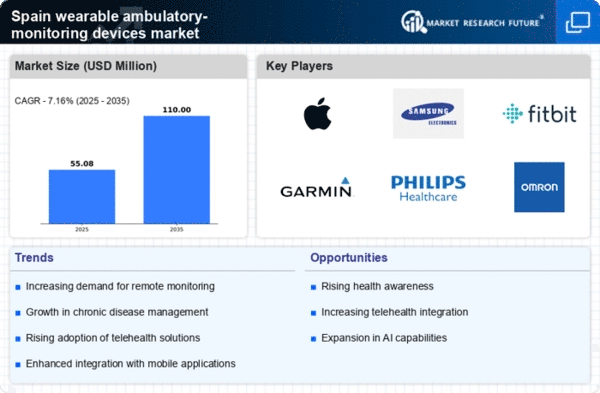


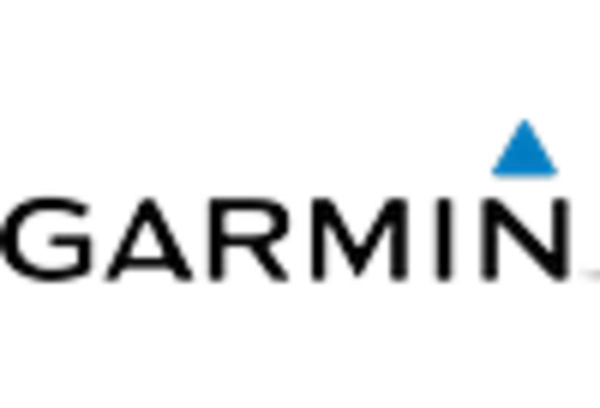
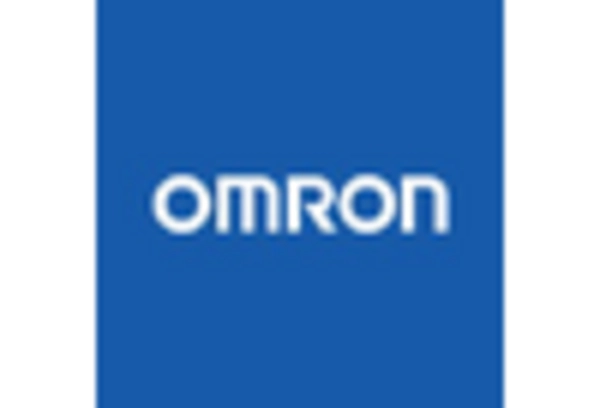
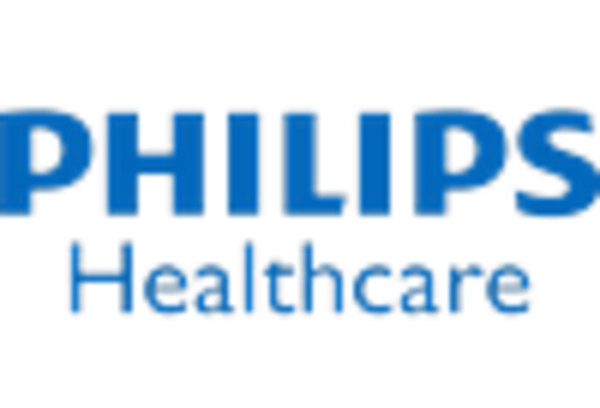
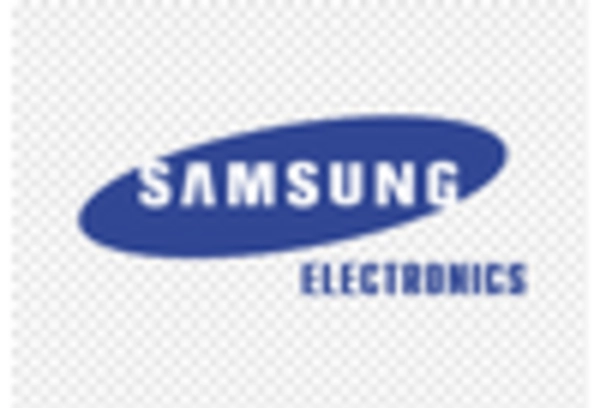








Leave a Comment